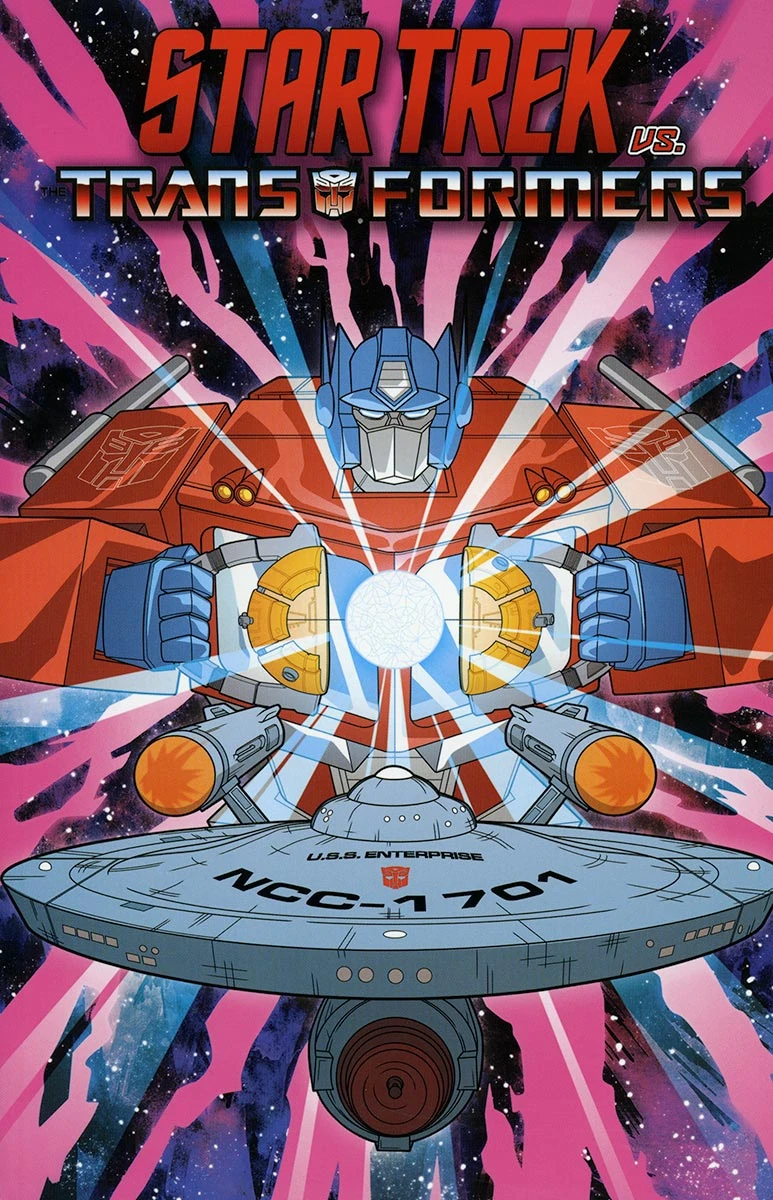Does isolinear employ FTL processing? I do not think Duotronics did.
I don't recall it being explicitly mentioned whether any of the computing technologies employ FTL processing. I'd like to think they do as that would explain how the Enterprise in "The Cage" and "The Corbomite Maneuver" have sensors able to track objects and distortions traveling at light speed or in other episodes tracking faster-than-light stuff.
The USS Enterprise with a full exploration crew of 430 personnel was required to have this number due to the limitations of Duotronics., for full blown exploration. The USS Enterprise NCC-1701-D, has a designed maximum crew complement of 6,500 personnel. Thirteen times the number of persons onboard the original Enterprise...according to Franz Joseph. Which is interesting, since it comes out evenly.
The size of the crew does not seem to be related to the limitations of the computing power. The Enterprise under Pike in "The Cage" had a full crew of ~200. Kirk's Enterprise fluctuated around 400 although we've seen him drop off 30 medical and rescue personnel without warning in "Arena". It seems that the crew number is dependent on the size of the ship, the equipment space and mission of the crew, IMHO.
A Multitronic M-5 Enterprise, had a crew of just twenty operational crew members, discounting the Captain and First, as well as Dr. Daystrom. This implies that a Galaxy class starship could be run by a crew of 260 crew, for the same effectiveness. As opposed to the actual operational crew of 800.
This gives us a better idea of the capabilities of the different systems. Multitronics being greater than Chromatic Isolinear, being greater than Duotronics.
Actually we see in the episode that after M5 is fully hooked up it didn't need the 20 crew that were onboard. It was essentially a Multitronic computer running all the tied in Duotronic computers on the Enterprise. Given that this was a test of the system the 20 were primarily engineers and support in case it malfunctioned and the ship needed repairs or had to go on manual backups.
In "The Menagerie" we see Spock use the computer to take the Enterprise to Talos, stop and retrieve Kirk's shuttle and then proceed, without human intervention. We've seen in "The Doomsday Machine" and "The Search for Spock" that you could get by on a Duotronics setup with even a far smaller number than 20.
Well the Ent (Refit) could be reduced down to a crew of Five for minimal operation with automation, and 'restored back to original condition' Ent-D similarly could be staffed by a crew of five as of the end of Picard.
If the Enterprise in "The Search for Spock" was fully automated without any battle-damage and prepped for combat she would have been a much more formidable ship even with their 5 crew, IMHO.
The real problem is that during the 1960s no one knew just how much computational power it would take to even fly an actual airplane, at least for a digital computer.
The answer can be found in the 1983 McGraw-Hill Encyclopedia of Science and Technology. If you can find a copy, look under 'Digital Flight Control '.
If not, the simple answer is a 16 bit computer that operates at 5,000,000 instructions per second; has two megabytes of primary memory fifteen megabytes of secondary memory; an input rate of 750,000 bits per second. A display rate of 100 times per second. I memorized these numbers some time ago. These numbers are just for basic digital Flight Control...
Star Trek is out of date...
If TOS actually stated what their computers were capable of then I'd agree with that line about being "out of date" but they never stated their limitations which gives TOS a bit of a timeless quality. The only thing we can say is that the series showed their universe preferred mechanical sounding and 60's aesthetics computer systems.
But as far as capability:
"Tomorrow is Yesterday" - a human-like personality updated into the main computer with an attitude that understood what was being said to it
"A Taste of Armageddon" - computer used to identify a deep-fake voice of Kirk
"Mirror, Mirror", "Wink of an Eye", "Day of the Dove" - computer asked to understand the situation and make recommendations...
Even the later series like Voyager we have the EMH which would eventually gain sentience and
not need the equivalence of a nuclear reactor to power it so actual AGI plus power efficiency...
Those are things that arguably "Real Life" computing technology hasn't reached yet and probably won't for a while. Generative AI doesn't understand what they generating (see finger issue and how easy it is for researchers to jailbreak one). Deep-fake detection is a hit-and-miss affair, etc.

YMMV





